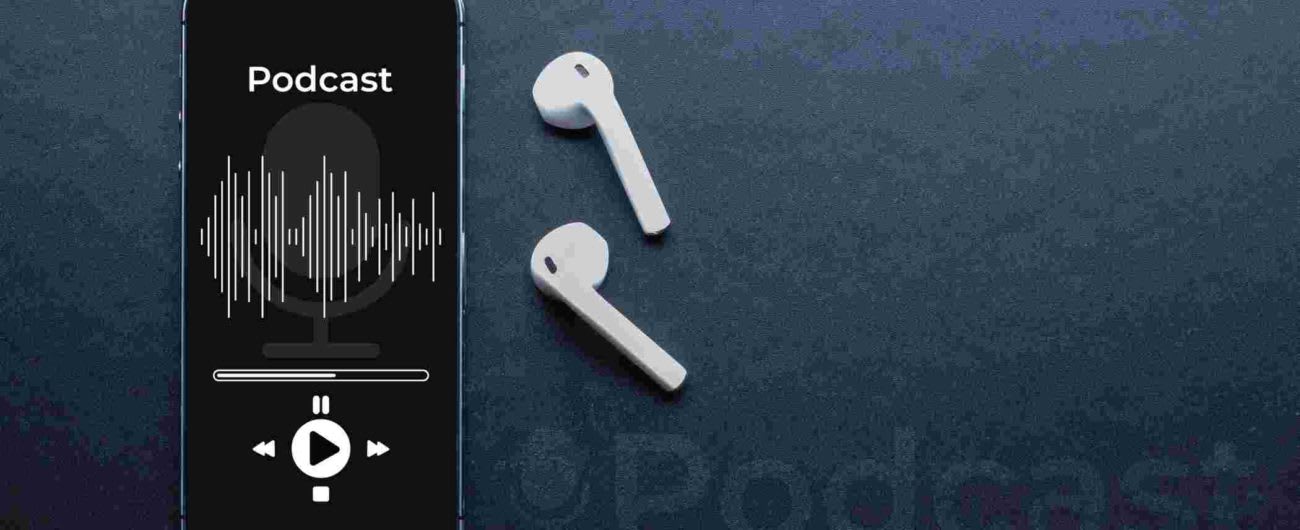Vegan Leather : An Ethical Answer to Animal Cruelty



| Fabric | Vegan Leather |
| Types | PU Leather, PVC Leather, Leatherette and Vegetable Oil Leather |
| Major Producer | China |
| Used For | Jackets, shoes, gloves, hats, pants, belts, watch bands, cases, handbags, upholstery, sports items, firearm holsters, luggage bags |
| Thread Count | - |
| Breathability | Low |
Leather has been in use since ancient times, known as the toughest fabric that can withstand time and rough usage. The existence of leather in our lives is quite pervasive: from belts to seat covers, from wallets to shoes, leather is to be found everywhere. Leather is eco friendly too, being organic in nature but to say that the extraction of leather from the hides of animals is ‘cruel’ is an understatement. Thankfully, the world now has access to vegan leather - which means we can continue with our consumption without hurting animals in the process.
What is Vegan Leather?
Vegan leather is an artificial leather, an ethical substitute for the original one. We can define it as a fabric that resembles leather but does not have any connection to animals. Usually vegan leather is made from synthetic or natural materials. The main ingredient is often polyurethane, a polymer that can be made to order based on designers’ requirements.
Recent researches have found that it can also be made from innovative and sustainable materials such as pineapple leaves, cork, apple peels, other fruit wastes, and recycled plastic. Vegan leather is known by different names like Pleather, Synthetic leather, Artificial leather, Fake leather, and Faux leather.
Why is vegan leather trending?

Vegan leather is much more ethical than its original counterpart. It comes without the baggage of animal cruelty. It resembles original leather in most ways, hence consumers don’t have to miss out on the look and feel of actual leather. It is soft to touch, and is water and stain resistant. It is resistant to abrasions and cuts. Unlike original leather, vegan leather is available in a variety of colours. It is lighter in weight and easy to wash. It is also much cheaper than original leather. Interestingly, many prefer vegan leather for being ‘not as smelly’ as the original ones.
Origin of vegan leather: How did it all start?
During the 1800’s, Prestoff, a simulated leather material, was first developed in Germany. The first rubber-based artificial leather, developed by the U.S a century later in 1914. The name of the product was Naugahyde. Fabrikoid was developed in 1915 by DuPont. Waldo Semon, a researcher at the B.F Goodrich company produced a material referred to as vinyl from Polyvinyl Chloride (PVC) in 1926. Corfam, a type of “poromeric” leather substitute, was developed by DuPont in 1963. In the last few decades, advancements in technology have allowed for a variety of synthetic materials to be made that look and feel like leather.
Uses and leading producers
Jackets, shoes, gloves, hats, pants, belts, watch bands, cases, handbags, upholstery, sports items, firearm holsters, and luggage bags can all be made from vegan leather.
China is the leading producer of vegan or synthetic leather.
Types of Vegan Leather

1. PU Leather is the least expensive type of synthetic leather available in the market. But it is less durable and comfortable than other types of faux leather.
2. PVC Leather is slightly more durable than PU leather, and it is also produced in greater quantities. PVC leather is also sometimes known as “poromeric” leather.
3. Leatherette refers to any type of synthetic leather consisting of a fabric base and plastic covering. Both PU leather and PVC leather are examples of leatherette.
4. Vegetable Oil Leather is the result of recent experimentation with vegetable oil. In addition to being more environment friendly, vegetable oil leather also appears to be more durable than PU or PVC leather. This is a costlier variant though.
How’s vegan leather for the environment?
While animal leather is a product of cruelty, vegan leather is an ethical alternative. While animal lovers focus on the pros, environmentalists underline a whole range of cons associated with this artificial variant.
Vegan leather is very harmful for the environment. Huge quantities of synthetic leather find their way to landfills and eventually add to the non-biodegradable plastic waste. Since vegan leather is often a petroleum derivative, the production exhausts a non-renewable resource. Many toxic by-products are released as fossil fuels during the production process.
Vegetable-based faux leather theoretically can reduce negative impacts on the environment since it is biodegradable, but the market for that is too small to produce an immediate impact. The Greenguard Environmental Institute certifies vegan leather if the production process follows environment-friendly standards. Leadership in Energy and Environmental Design (LEED) can also certify vegan leather.



















